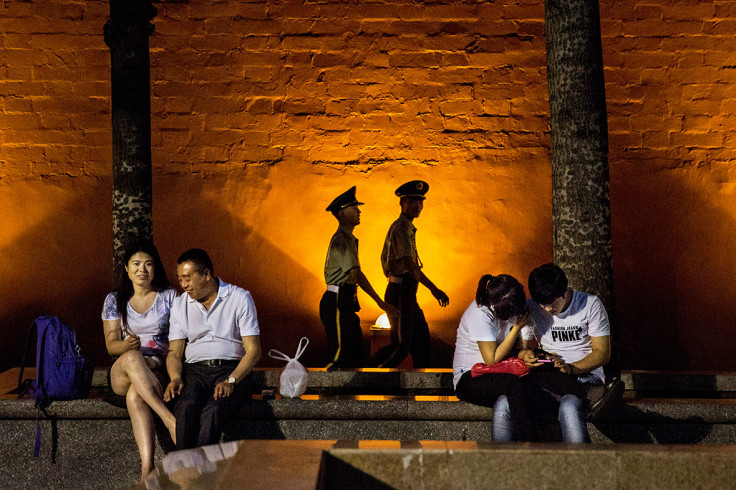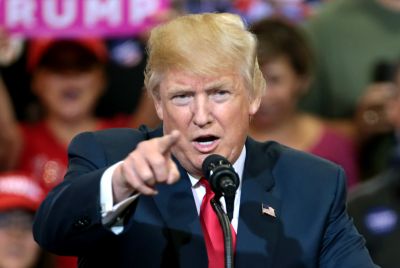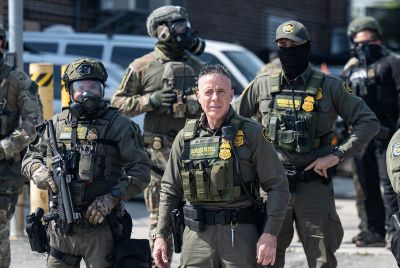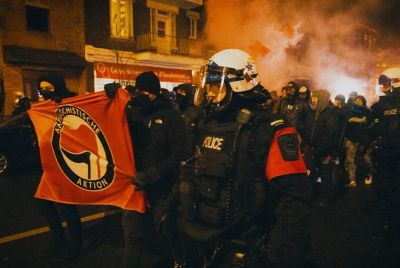Tiananmen Square Massacre is a Myth, All We're 'Remembering' are British Lies

June 4, 2014 will for many mark the 25<sup>th anniversary of the Tiananmen Square massacre. What it should actually mark is the anniversary of one of the more spectacular UK black information operations -- almost on a par with the mythical Iraqi weapons of mass destruction.
The original story of Chinese troops on the night of 3 and 4 June, 1989 machine-gunning hundreds of innocent student protesters in Beijing's iconic Tiananmen Square has since been thoroughly discredited by the many witnesses there at the time -- among them a Spanish TVE television crew, a Reuters correspondent and protesters themselves, who say that nothing happened other than a military unit entering and asking several hundred of those remaining to leave the Square late that night.
Yet none of this has stopped the massacre from being revived constantly, and believed. All that has happened is that the location has been changed – from the Square itself to the streets leading to the Square.
The original story began with a long article in English, published six days later in Hong Kong's South China Morning Post, by an alleged protester whose whereabouts have never been ascertained. Anonymously planted stories are a favourite technique of UK black information authorities, but this did not stop it from being front-paged by the New York Times on June 12, together with photos of blazing troop-carrying buses and followed up by Tankman – the photo of a lone student allegedly trying to stop a row of army tanks from entering the Square. The myth of an unprovoked massacre has since taken root.
True, no one denies that large numbers of citizens and students were killed near the Square by soldiers seemingly out of control. But why?
Let's go back to those photos of the burning buses. The popular view is that they were torched by angry protesters after the shooting began. In fact they were torched before. The evidence? Reports of charred corpses being strung up beneath overpasses (one photographed by Reuters remains unpublished), and photos of badly burned soldiers seeking shelter in nearby houses. Soldiers in that kind of situation tend to go out with guns blazing – just ask the good citizens of Fallujah, Iraq.

Fortunately we also have the hourly reports from the US Embassy in the Beijing, available on the Internet, to tell us what actually happened. They note that originally the Beijing authorities had wanted to send in unarmed troops to clear the Square of remaining students as the protests were beginning to wind down. Blocked by the crowds, armed troops were bused in and this time they were blocked by crowds with petrol bombs, with ugly results. Even so, some units tried to restrain the out-of-control solders. And an embassy report of students killing a soldier trying to enter the Square could explain some of the carnage on its periphery.
As for Tankman, we now know from the cameraman himself that his widely-publicised photo was taken from his hotel window the day AFTER the riots, and the tanks were going away from, not into, the Square.
A detailed report by the authoritative Columbia Journalist Review, 'The Tiananmen Massacre Myth and the Price of a Passive Press' has since noted the media preference for blood and gore stories. But none of this seems to have dented the credibility of the Tiananmen massacre story.
True, some of the blame also lies with Beijing. Its campaigns to hunt down student protest leaders and to blame everything on anti-regime plots have not created a good impression. But it may have its reasons. Out of frustration as their long protest began to dissipate, some of the student leaders had called for action by the angry crowds still around the Square. And how did some in those crowds have access to petrol bombs – a weapon not used by Chinese rioters and allegedly responsible for over 400 vehicles being destroyed?
The regime had tolerated the protesters by allowing them to occupy its central square for six weeks. Its party general secretary had tried in vain to negotiate with them. And it later regretted how its lack of crowd control equipment meant it had had to rely on untrained soldiers. But then again, none of this would have happened if the regime itself had not been at fault in the past.
The words of well-known Taiwan-born writer Hou Dejian, who had been on the hunger strike on the Square to show solidarity with the students, says it all: "Some people said that 200 died in the Square and others claimed that as many as 2,000 died. There were also stories of tanks running over students who were trying to leave. I have to say that I did not see any of that. I myself was in the Square until 6:30 in the morning.
"I kept thinking -- are we going to use lies to attack an enemy who lies?"
Gregory Clark is a former Australian diplomat, Chinese-speaking correspondent and university president resident in Japan. He can be found at www.gregoryclark.net. The views expressed in this article do not necessarily represent those of IBTimes UK
© Copyright IBTimes 2025. All rights reserved.





















